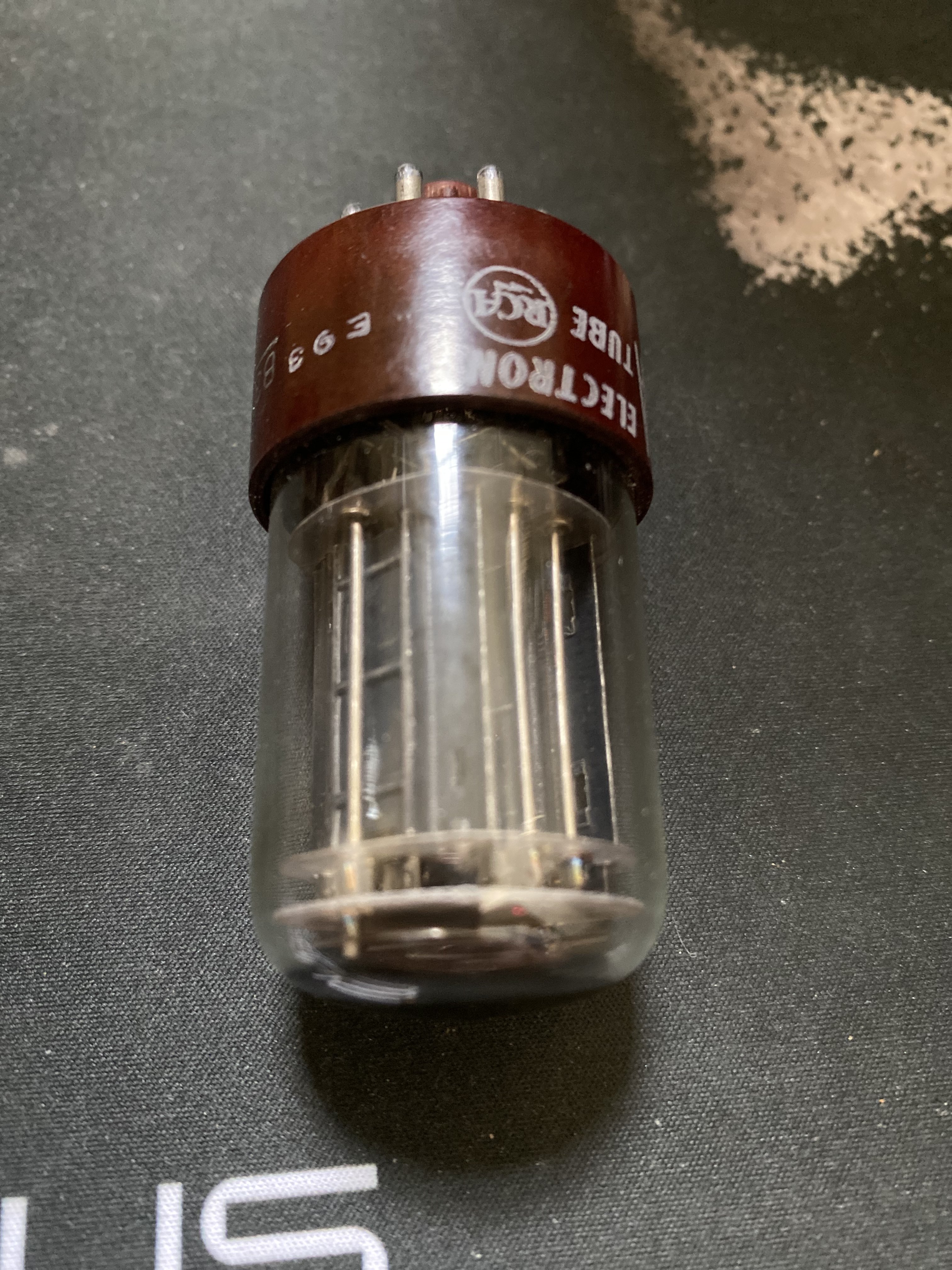I totally agree. I am new to this, so I am still trying to figure things out. It seems that there is a good amount of mystification when it comes to significance of test results, “platinum” matching, different tube variants of the same tube type, their age, county of production, military vs other standards, material used for the base, and other factors that allow vintage tube sellers to charge a lot more for some. Funny thing is, I got a lot with 4 tubes for 20 bucks on eBay. So about 5 bucks per tube, which is quite cheap. Seller only said they test good but didn’t include any readings. I asked later and they said they do that only with matched pairs. Otherwise, they look if it’s in green or red on a tester. That’s it. Some had marks to identify them, other didn't. There was a pair identical architecture. Nothing fancy, black base bottom getters, one relabeled as Magnavox, and other has noting visible. One even has a crack going halfway on the side of the base. But they sound awesome. I identified them as quite common Sylvania 6SN7GT bottom getters that were made since 40's, I think. I had no clue if any are good, but they were cheap, so I went for it. Surprisingly these two were the lowest noise and among best sounding among all tubes I got. Most re-sellers publish only emissions test, but that doesn’t say much about noise and microphonics, only about prior use if I got it right. Some resellers do all the tests, but they sell only matched pairs and charge a lot more than the way I was going about it. It makes no sense to me that some 6SN7’s goes up to 300 bucks and more. It's alike an antique store for collectors but does that have to do as much with an audiophile mindset. I don't know. Can those rare tubes truly sound 10 times or more better comparable to their cost? Don't think they can. Bottom line, it’s fun to swap but I am not sure if I needed a bunch of different types, or I just got to believe that it’s all so relevant. Still, it’s type of addiction, as my username says…






























